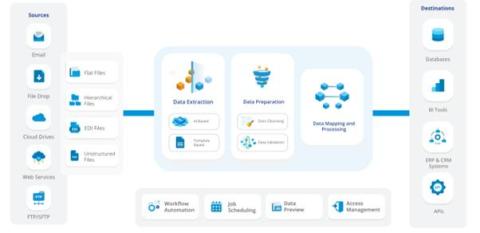Automate Tax Form Data Extraction in 5 Easy Steps
A Smartsheet report found that over 40% of workers spend at least a quarter of their workweek manually extracting data. Tax specialists in many organizations spend hours or even days sorting through piles of paper or PDF documents, looking for relevant information, and entering it into spreadsheets or databases. That’s a lot of time and money wasted on a tedious and error-prone process. Fortunately, there is a better way to handle tax form data extraction.











